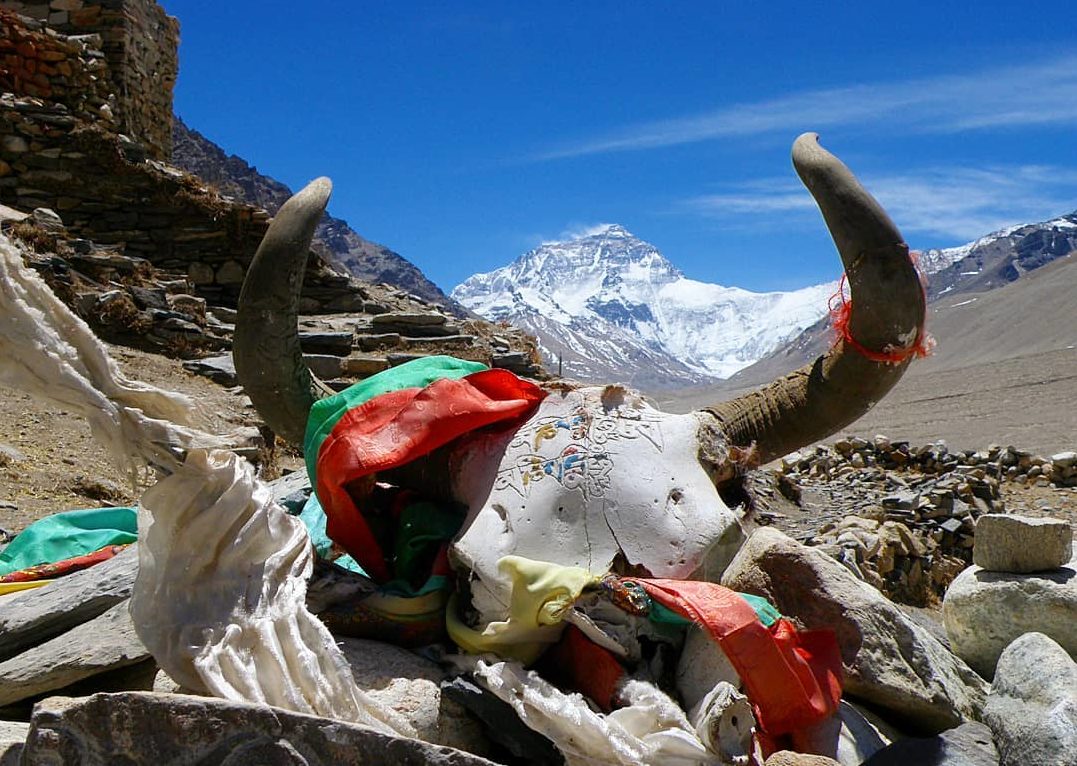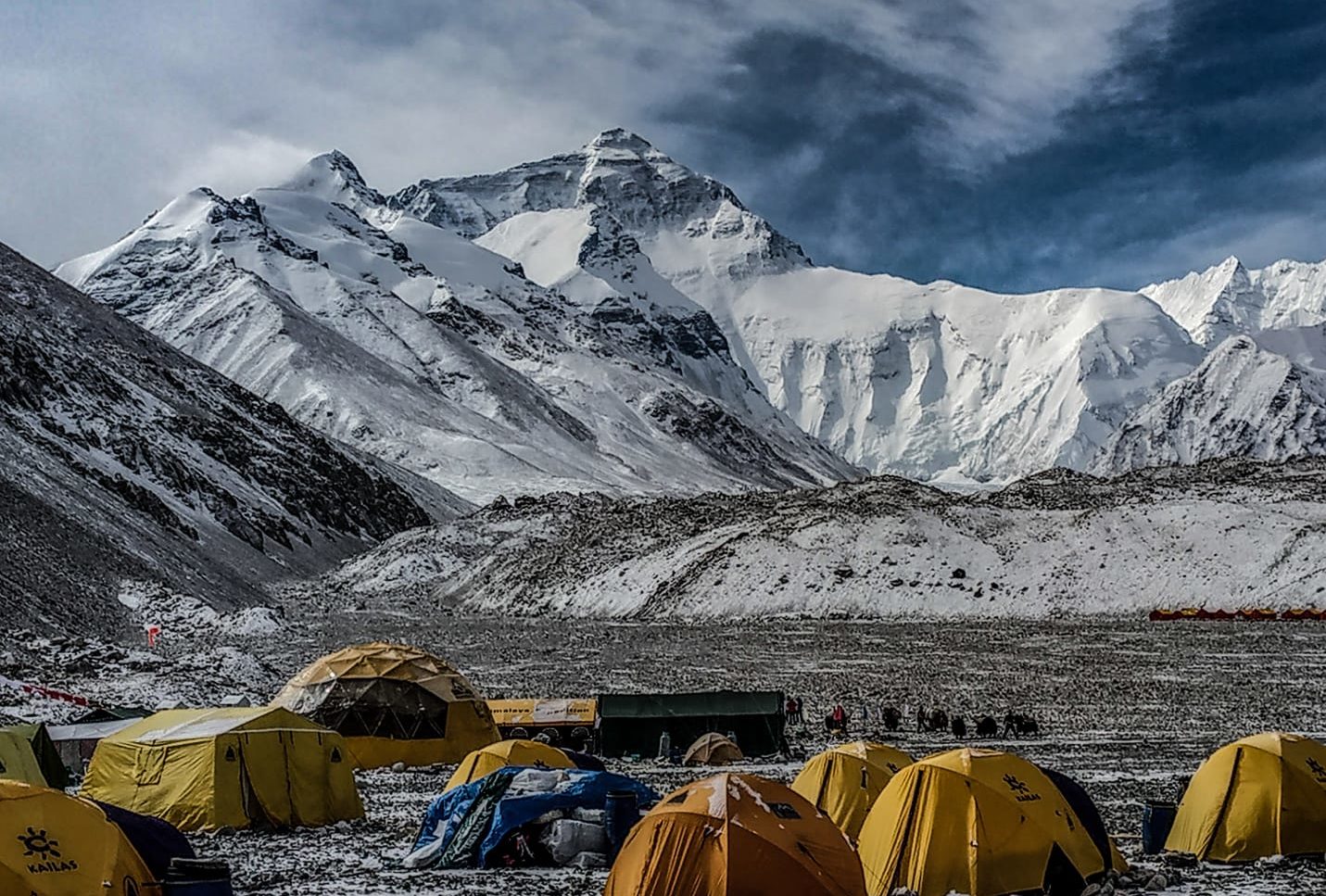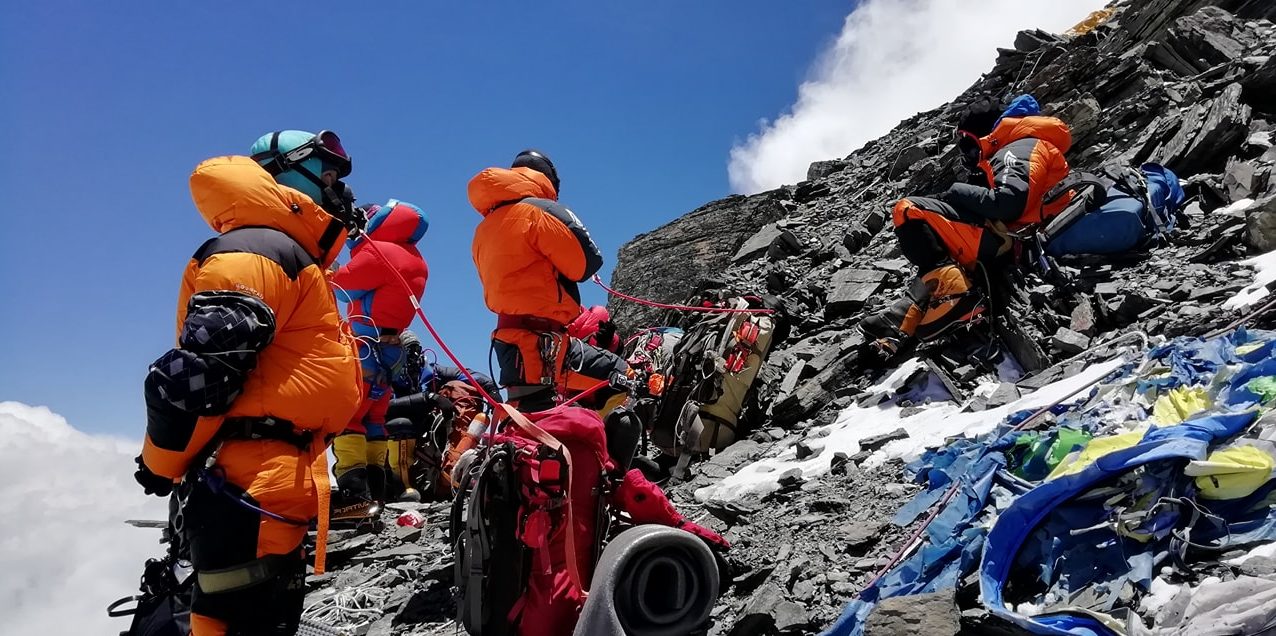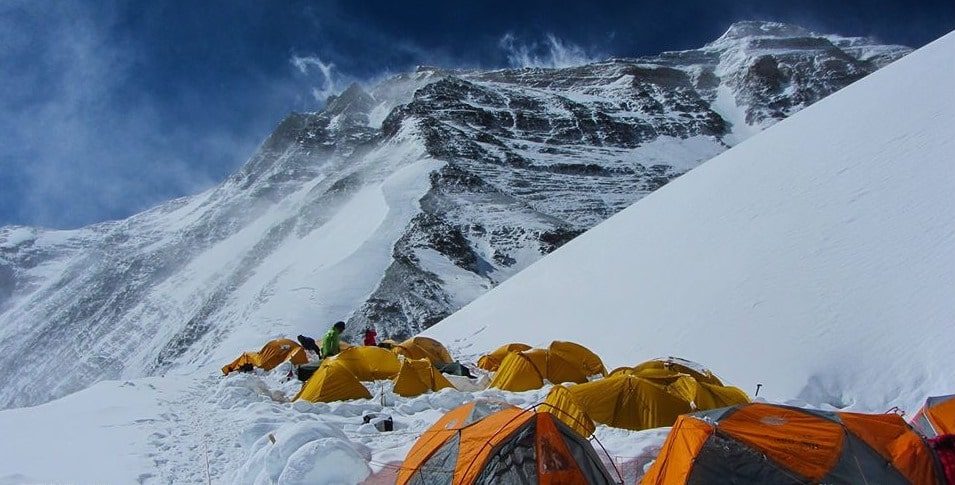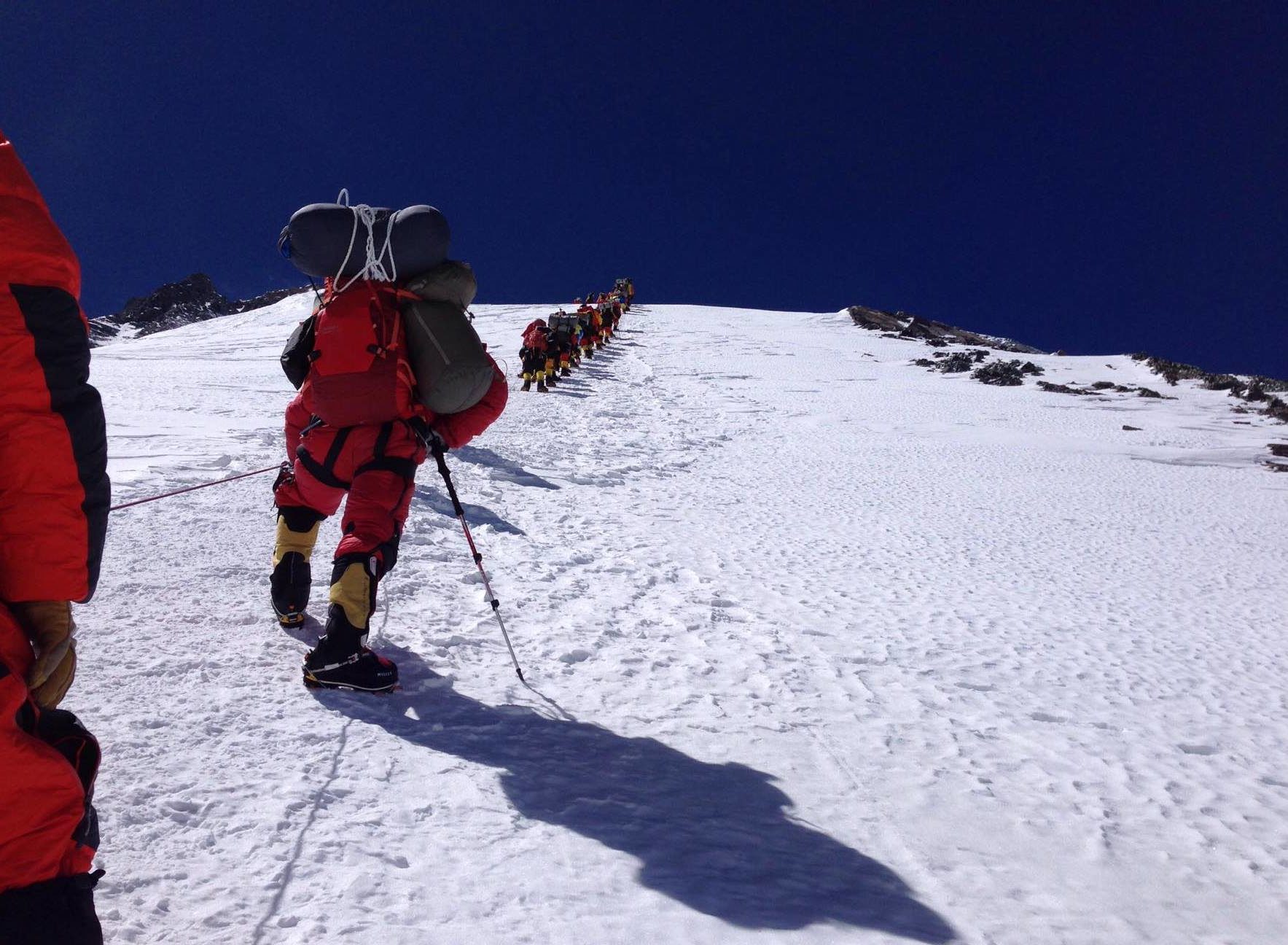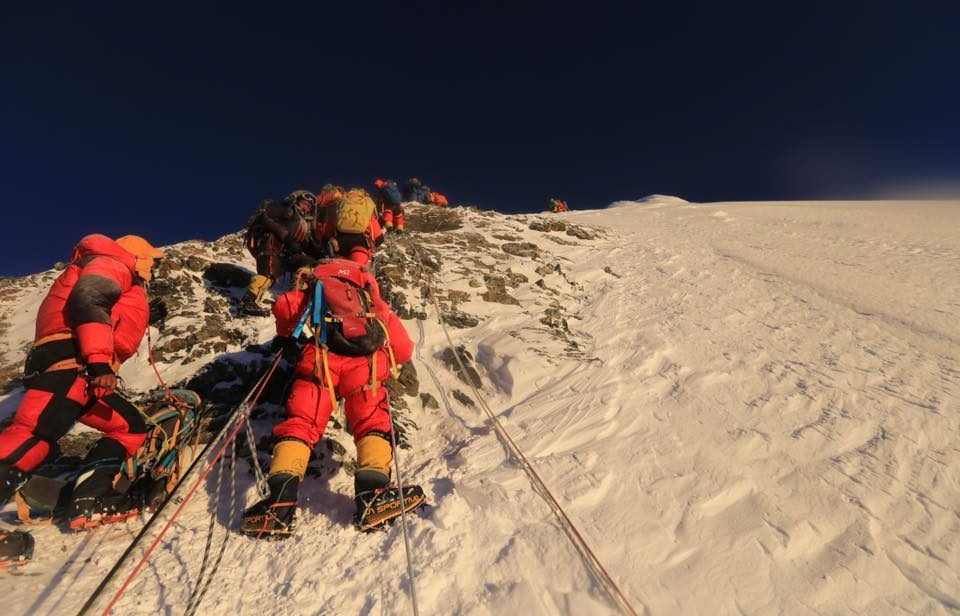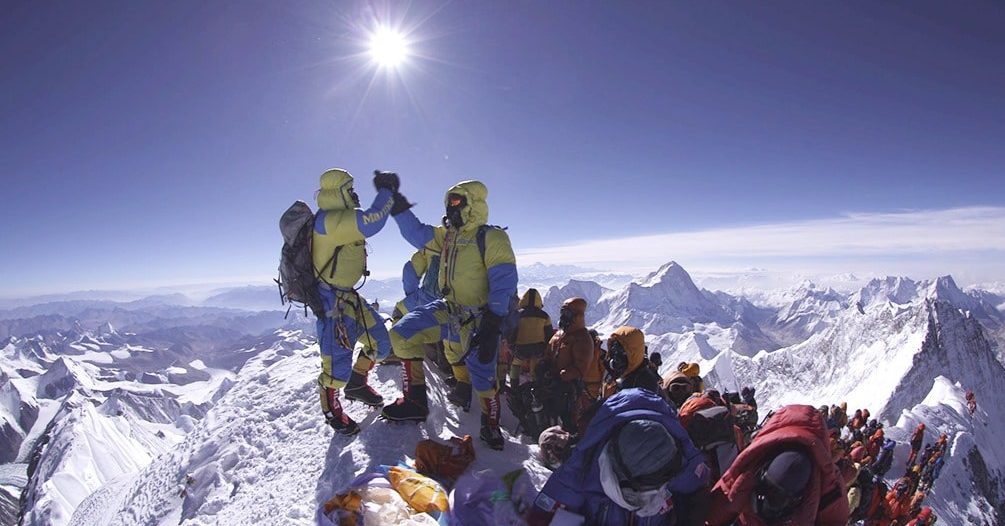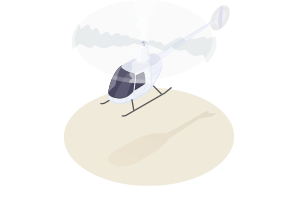Overview
Climbing Mt. Everest from the northern side is undoubtedly a lifetime experience for adventure lovers. The southern face lies in Nepal whereas the northern face is at the edge of the Tibetan Plateau on the Nepal and Tibet (China) border and is regarded as one of the most popular eight-thousanders in the world.
The mountain itself is a pyramid-shaped horn, sculpted by the erosive power of the glacial ice into three massive faces and three major ridges, which soar to the summit from the north, south, and west and separate the glaciers. Climbing via the North Face of Mount Everest is a perfect choice to make the success 100% possible with less crowd compared to the south face.
However, the Everest expedition from the northern side encounters many challenges like high altitude, severe weather conditions, even sheer exhaustion, and avalanches. So, the expedition team attempting to climb from the Northside needs to do several rounds of practice beforehand for climbing.
Depending on the current level of fitness, the expedition team member needs to train for several months before you start the ascent. A climber must build his/her cardiovascular strength along with muscular strength; oxygen level drops by 60-70 percent from sea level. Also, to make sure each expedition team member must carry bag packs to the top along with a cylinder of oxygen and large backpacks.
One must acclimatize with weather conditions and be prepared for rock falls, avalanches. Learning rescue techniques would be added advantage. Low cost of royalty and other basic mountaineering services, as well as the safest route to the summit, are the key factors to attract more Everest climbers from North Col rather than from the South Col. Technically, it is more challenging than the Southern side.
High Mountain Himalaya Treks and Expedition Pvt. Ltd organizes Everest North Col Expedition every spring/autumn. The trip starts driving from Kathmandu to Kerung (1,850 m) and further to Tingri. We will reserve 2 days for rest in Tingri for acclimatization and the following day we drive to Everest Base Camp (5,200 m). After 2-3 rest days in Base Camp, we proceed to Intermediate Base Camp (5,800 m) with yaks. The next day we will leave for Advance Base Camp (6,400 m) where we will set up a camp similar to our BC. One day later we will climb the North Col (7000m). It usually takes 5-7 hours up and 2-3 hours down to Advance Base Camp.

